How to protect bushes and how to treat roses in spring from diseases and pests
Red and white, pink and yellow - garden roses will not leave anyone indifferent. Flowering of shrubs begins in the spring - gardeners love to watch how a small bud turns into a beautiful and fragrant flower. Roses are planted in special flower beds, near gazebos and garden arches, along a fence or country house.
To prevent flowers from getting sick, it is important to properly care for them: water and mulch, remove weeds and carry out sanitary pruning. Gardeners pay special attention to carrying out preventive measures to protect against diseases and insects.
How and with what to treat roses against diseases and pests in spring and autumn, read the article.
Goals of spring rose treatment
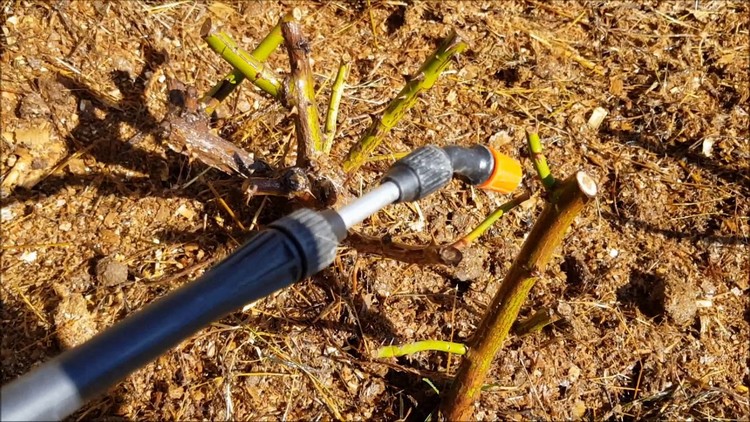
The timing of spring processing of roses depends on the growing region: in warm regions the procedure is carried out at the end of winter, in northern regions - around March 10-15. Covers are removed from the bushes before the beginning of the growing season and sanitary pruning is carried out. Gardeners remove old shoots, leaving only those needed to form the crown.
Afterwards, the first fertilizing is carried out with mineral complex fertilizers. They strengthen the plant’s immunity, protect against possible diseases and pests, and activate the swelling of the buds. It is recommended to use preparations containing nitrogen, potassium, magnesium - “Bona”, “Baikal”, “Rose”. Fertilizers are applied to moist soil: if the winter is dry, the soil is thoroughly watered with warm water before fertilizing.
It is also recommended to pay attention to fungicides in spring - they eliminate microbes and other pathogens that “wake up” after hibernation. To spray the rose, use the fungicide "Oxychom" (60 g of product per 10 l of water) or "Kuprolux" (25 g per 10 l of water). The drugs prevent the occurrence of common diseases - rust, powdery mildew, rot.
Goals of autumn rose treatment
In autumn, roses are treated before covering. The procedure stimulates the falling of leaves and the ripening of shoots, preparing the plant for winter. In the northern regions or central zone of the country, processing begins in September-October, in the southern regions - from mid-October to November. Most gardeners spray roses with a solution of copper or iron sulfate. The procedure is useful in that it creates favorable conditions for the plant to overwinter.
What pests threaten roses?
Pests carry pathogens of dangerous diseases or feed on leaves, shoots, and flowers. The reasons for the appearance of insects are different: contaminated soil or seeds, an excess of mineral and organic substances in the soil, weeds and debris in flower beds. For many roses, the danger is posed not only by adults, but also by insect larvae. They are frost-resistant, overwinter in the soil, and reproduce quickly.
Spider mite

The insect is small, colored white, yellow or orange. Lives on the inner side of the leaf blade. Mites appear on roses due to dryness. It feeds on the sap of the plant, which causes a white coating to form on the leaves, after which they turn yellow, dry out and fall off. Spider mites are found not only on garden roses, but also on indoor roses.As preventative measures, it is recommended to monitor the level of moisture in the soil and water the plant in a timely manner.
rose aphid
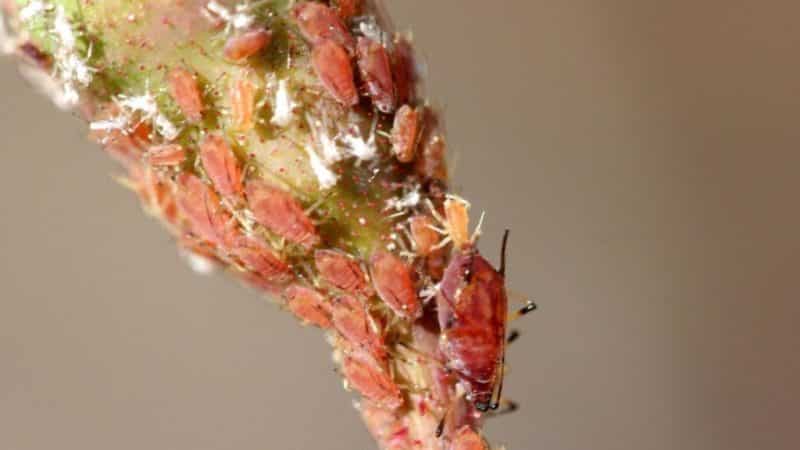
The size of the insect does not exceed 0.2 mm, so it is difficult to notice it on plants. Depending on the subspecies, aphids are black, yellow, white, gray, and green. Aphids suck the juice from plants, causing the buds to become deformed, lose their attractive appearance, and fall off over time. The leaves become thin and wither. To protect shrubs, it is recommended to regularly remove dry leaves and shoots and inspect the plant for the presence of pests. Once a month, the rose is treated with a soap solution (150 g of grated laundry soap is required for 5 liters of water).
Attention! There are no varieties that are 100% resistant to insects. This is nothing more than an advertising ploy by the manufacturers. There are only those varieties of roses that with proper care are damaged by insects less frequently than others. You can find out this from the reviews of other flower growers.
Thrips
Thrips are small and fast black insects. They eat buds and leaves and can destroy most flowers. Thrips appear in hot and dry weather and penetrate deep into the tissue. The edges of the flowers darken and thin, and some roses become covered with white or yellow spots. To destroy eggs and adults, gardeners use the drug “HOM” - they carry out preventive and protective treatments of the bush 2-3 times per season.
leaf roller
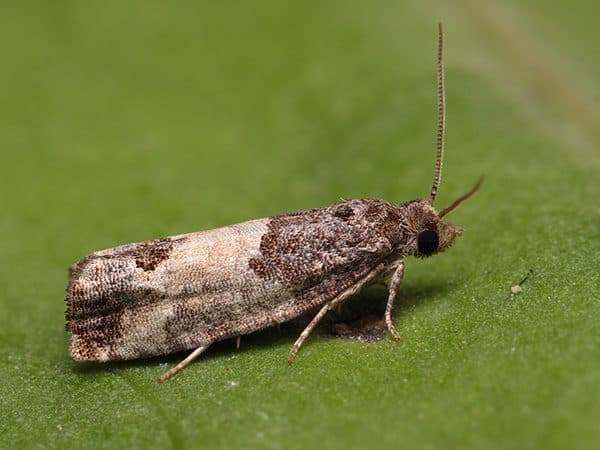
The leaf roller is a 2 cm long butterfly, colored yellow-gray. In Russian gardens it appears in July or August, when the weather is warm or hot. For roses, the most dangerous leafworms are in the caterpillar stage - in the spring the pest damages buds, buds and leaves.Leaf rollers appear on roses due to lack of nutrients, acidic soil, and warm winters. For protection, gardeners use the drug “Coragen” - roses are sprayed in early spring.
rose sawfly
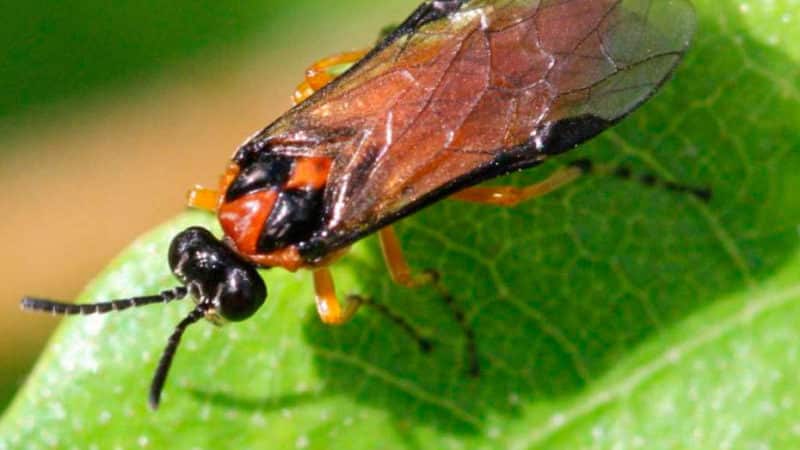
The roseate sawfly penetrates the young shoots, feeds on the pulp and gnaws through the “passages”. Sawfly larvae are frost-resistant, overwinter deep in the ground and rise to the surface with the onset of warm weather. Factors favoring the appearance of the pest are infected plants nearby, rain, lack of vitamins, non-compliance with the rules for planting roses. Autumn digging and cultivation of the garden helps prevent the appearance of sawflies.
What diseases threaten roses?
If the causes of diseases are not detected in time, the rose loses its decorative appearance, looks weak and sick. Diseases occur due to improper care, excess or lack of fertilizing, non-compliance with the rules of pruning and processing.
Bacterial cancer
Bacterial cancer forms on the root collar and roots - mucous tuberous growths appear. At the beginning of infection they are white, later turning brown. The reasons are excess soil moisture, acid-base imbalance, and excess organic matter. The disease is treated with a solution of copper sulfate - water the roses early in the morning or in the evening.
Cytosporosis
Cytosporosis is a fungal disease common among most garden plants. Fungal spores are carried by wind or water and develop quickly in hot and humid summer conditions. The shoots become covered with orange spots, the leaf blades and buds crack. For preventive purposes, spraying with a 3% solution of Bordeaux mixture is used. It is also recommended to regularly remove weeds, trim and shape the crown.
Black spot
A fungal disease affects garden roses in the second half of summer, during the active flowering phase - the bushes become covered with black and brown spots, the plates acquire a noticeable black edge. The plant weakens and the leaves fall off. They are burned away from the garden plot, the bushes are treated with a solution of copper sulfate. Preventive treatments with a soap-ash solution help protect the plant from black spot.
Attention! Black spot develops quickly in humid conditions. It is recommended to water roses sparingly, in the morning or evening. The soil is first loosened so that water does not evaporate from the surface of the earth and penetrates deeper to the roots.
Downy mildew
Downy mildew appears as red-brown spots on the leaves. Cracks appear on the stems, the buds wither and fall off. If the disease is not detected in time, it will destroy the entire flower garden. Downy mildew appears due to a lack of phosphorus and potassium fertilizers, wet and hot weather. At the first symptoms, summer residents treat the plants with solutions of Topaz or Benomyl.
Gray mold
Fungal diseases become more active in cold and humid summer conditions and are more common in central Russia or northern regions. Leaves, buds, buds, stems are covered with a white-gray fluffy coating.
When affected areas appear, they are removed and burned, and the plants are sprayed with Fundazol. Gray mold spreads quickly and can affect nearby flowers and shrubs. To avoid re-infection with gray mold, it is recommended to pay attention to the removal of fallen leaves. It is on them that the pathogen overwinters.
Preparatory activities
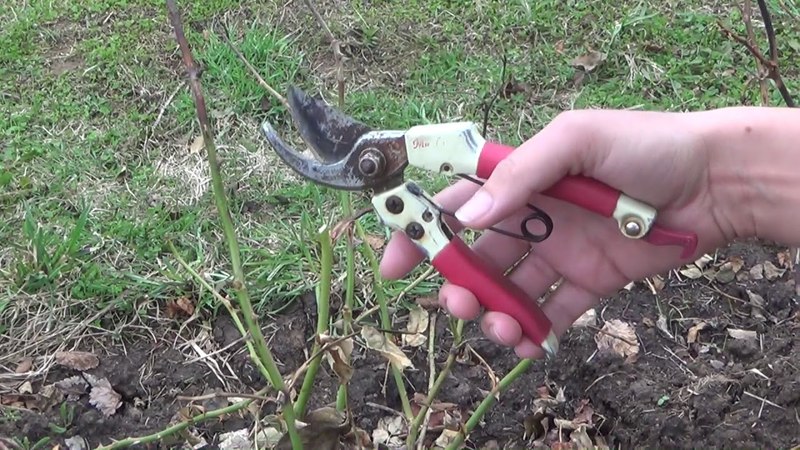
Before spring processing of roses, gardeners perform pruning. First, the weakest shoots are removed, then the bush is inspected and 2-3 strong shoots with healthy buds are selected. The length of the shoot is shortened to these buds, and the branches growing inside the bush are removed. The crown should be smooth, without prominent or protruding branches. After pruning, the buds that are at the top begin to develop. The procedure prevents the occurrence of diseases and pests.
Attention! In the spring, it is important to do a general cleaning of the flowerbeds - remove and burn all last year's leaves, plant debris, debris and weeds. This is a favorable environment for the development of fungal spores and dangerous microorganisms.
After harvesting, the soil is mulched - this protects the roots and helps retain heat and moisture in the soil. Organic mulching components enrich the soil and improve the appearance of the shrub. The material used is decorative mulch (granite, crushed stone, sand, marble chips) and organic (compost, ash, pine sawdust, bark). It is important to ensure that it does not cover the base of the bush, but is evenly distributed around it.
What to process
To treat garden roses, chemical, biological, and folk remedies are used. The first 2 groups are used mainly for the treatment of plants, folk remedies - for preventive purposes.
Purchased chemicals
It is recommended to apply chemicals in April, in dry and windless weather, burying them 5-10 cm underground. Chemicals include fungicides and insecticides. They are used carefully, observing the dosage, since an excess of chemicals has a negative impact on the environment, including soil and other plants.To treat the soil, use a 4% copper oxychloride solution or a 2% Oxychoma solution. Gardeners also use Acrexil and Isofen - they prevent the appearance of spider mites.
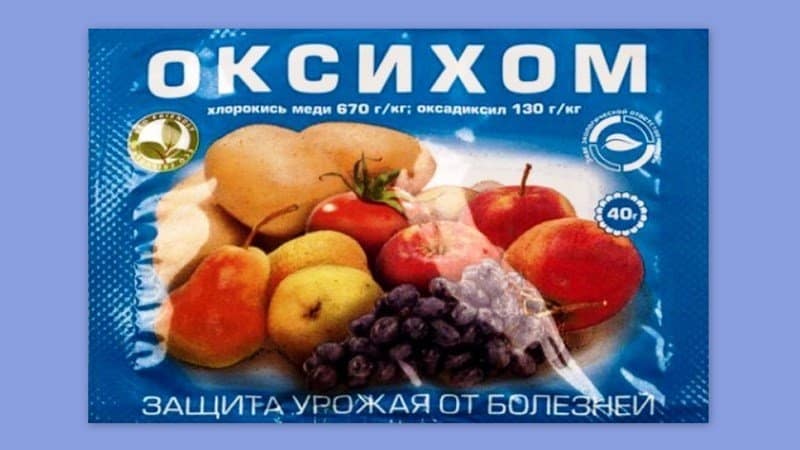
Attention! When using chemicals, it is important to remember personal safety. The treatment is carried out wearing a respirator, gloves and safety glasses. During treatment, it is forbidden to drink or eat, and children or pets should not be nearby. Before use, be sure to read the instructions and recommendations of the manufacturer.
Biological
Biological methods are used for preventive and therapeutic purposes. To combat diseases and pests, living microorganisms are used, which perform the function of orderlies and eliminate infections and viruses. Gardeners also use "Glyokladin" — it copes with fusarium, gray and white rot, powdery mildew and rust.
The drug "Topaz" is popular - it is non-toxic, does not leave stains on roses, and is effective for 40 days from the date of treatment. The product is compatible with most biological and chemical components. Add to the top layer of soil after digging "Fitosporin" - it makes the soil more nutritious.

When using biological products, it is important to remember that many of them have a complex, rather than selective effect. That is, some bacteria suppress only certain pathogenic microorganisms. Therefore, before use, it is recommended to familiarize yourself in detail with the purpose of the drug.
Folk remedies
Folk remedies are environmentally friendly and safe for both the environment and humans. An onion-garlic solution is prepared against pests - 300 g of onion, 300 g of garlic and 400 g of tomato tops are placed in a 3 liter jar and soaked in boiling water for 6 hours.The solution is filtered and another 10 liters of water are added; for effectiveness, 60 g of grated laundry soap is added. Roses are sprayed 5 times during the week.
Against aphids and thrips, black spot and powdery mildew Treatment with salicylic acid or ammonia helps. For preparation, use 25 ml of salicylic acid, 10 ml of ammonia (10%) and 500 ml of warm water. The components are mixed and another 5 liters of water are added. The mixture is used immediately after preparation; it is not suitable for storage. Treat the rose 3-4 times per season.
And treating roses with a solution of iron sulfate destroys fungal spores and viruses. For 1 liter of water, 3 g of the drug is required. Plants are sprayed on dry days to prevent the solution from being washed away by rain. Roses are treated not only in spring, but also in autumn before covering.
This is interesting:
Instructions for beginner gardeners: how to root a rose from a bouquet at home
A guide to cutting roses in the fall at home for beginning gardeners
Further care

Roses are sensitive to watering: they respond to frequency, intensity, temperature. It is recommended to water the bushes with melt or rain water. Do not use tap water because it contains mineral salts. In dry weather, roses are moistened 2-3 times a week, about 5 liters of water are spent on each plant. In rainy weather, the amount of watering is reduced.
Once every 7-10 days, abundant watering is carried out - a ditch is dug around the bush at a distance of 10 cm, 10-15 liters of water are poured. Afterwards, the groove is sprinkled with soil and loosened, so the water penetrates deep to the roots. At the end of August or beginning of September, watering is stopped, since the ground should be dry before winter.
They also pay attention to fertilizers.Phosphorus affects the number and size of buds, so gardeners use fertilizers containing this microelement throughout the season. It is also important not to forget about potassium, nitrogen, calcium, urea and ammonium nitrate. Fertilizers are applied to the holes near the trunk, after watering the plant. Chicken droppings or manure are applied under young roses in the spring - organic matter stimulates flowering. During the summer, roses are fertilized 2-4 times, alternating organic and mineral fertilizers.
Conclusion
Experienced flower growers know how to spray roses in the spring. They use biological, chemical, and folk remedies. Solutions of iron or copper sulfate are used against insect pests, and fungicides and onion solution are used against diseases. Before spring treatment, the crown is formed and trimmed - old and diseased shoots are removed, and the formation of buds and new buds is stimulated. At the same time, it is important to follow safety rules: if chemicals are used, then use safety glasses and gloves; if biological products are used, read the manual and follow the proportions.